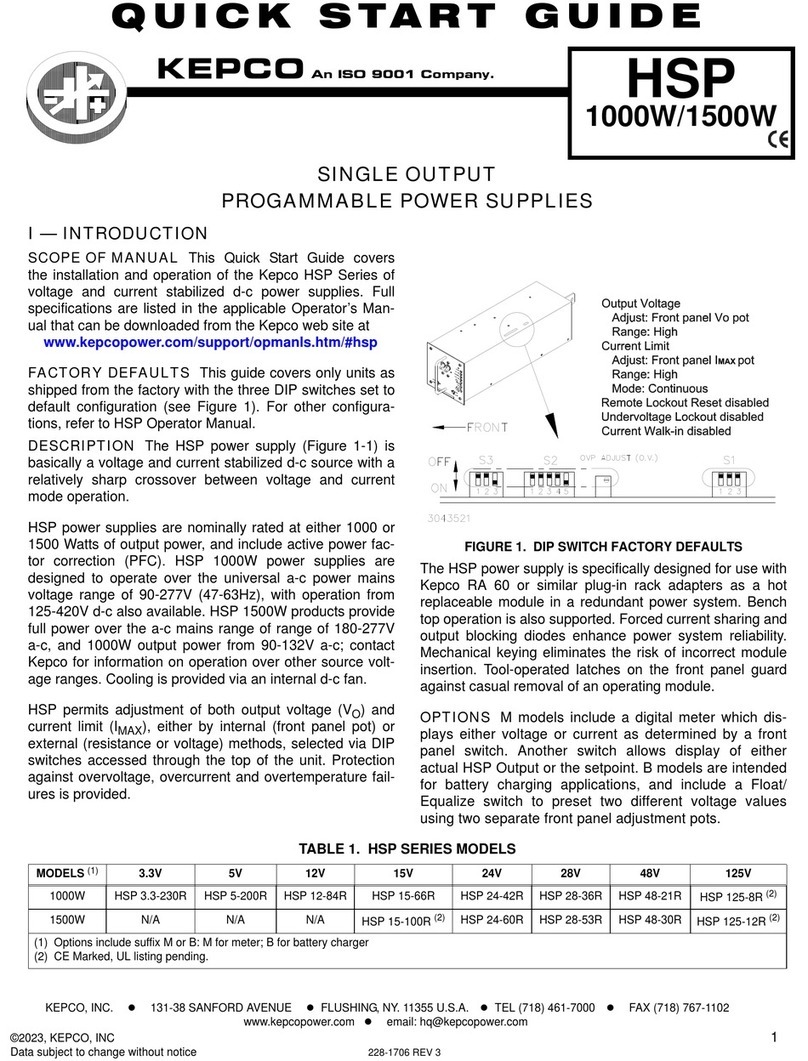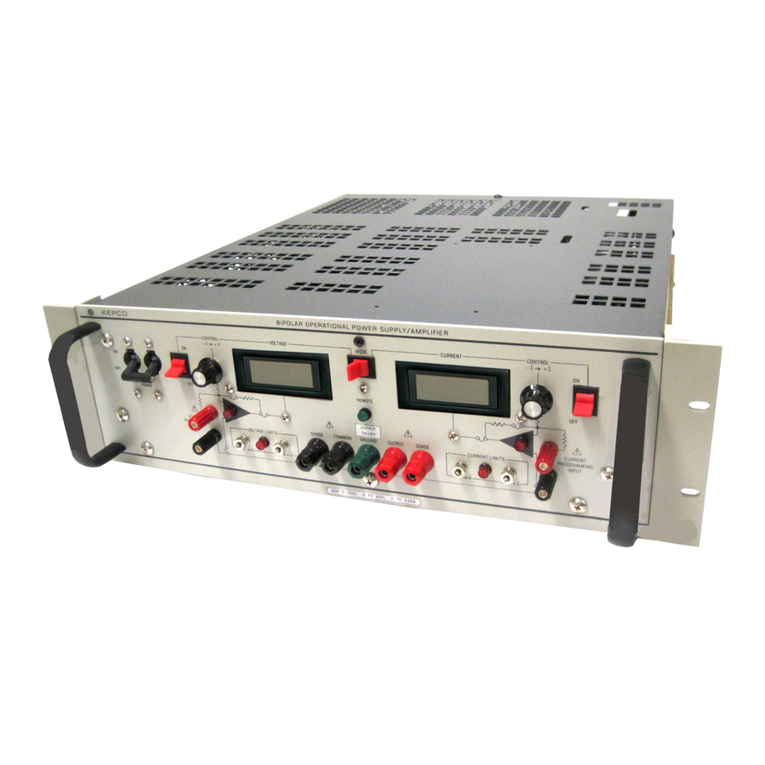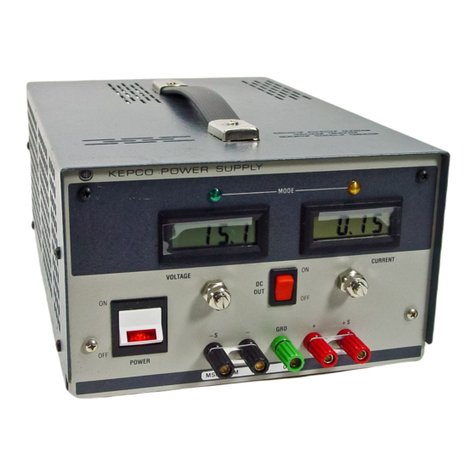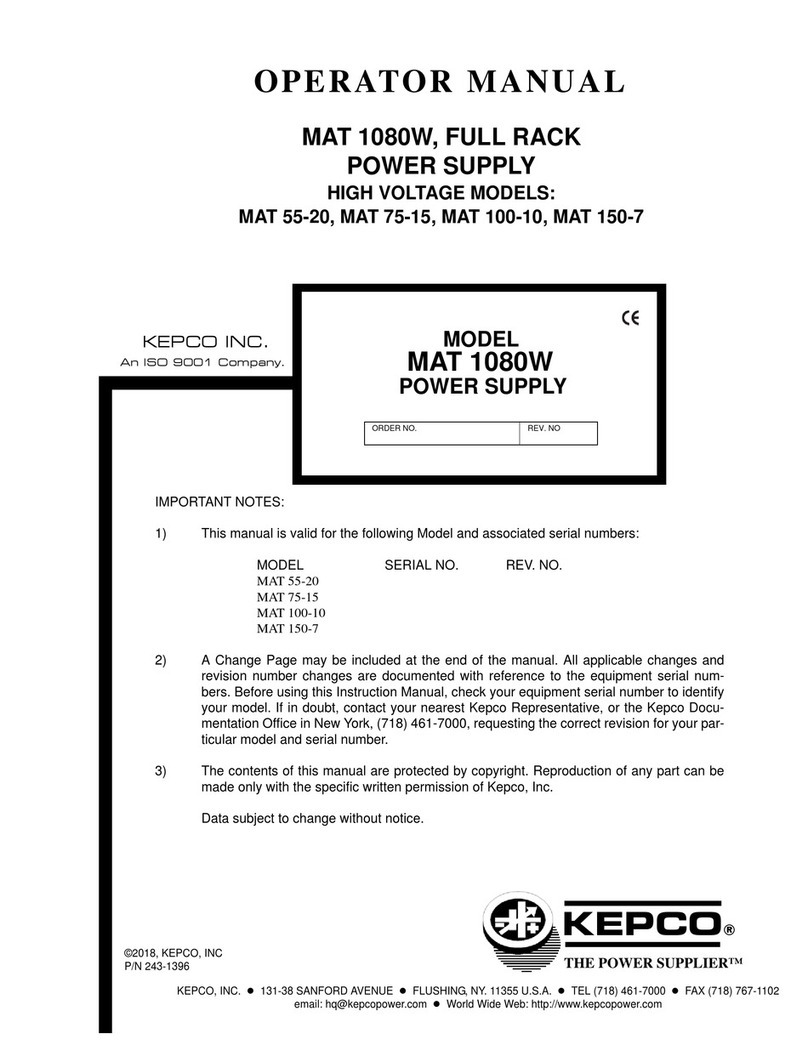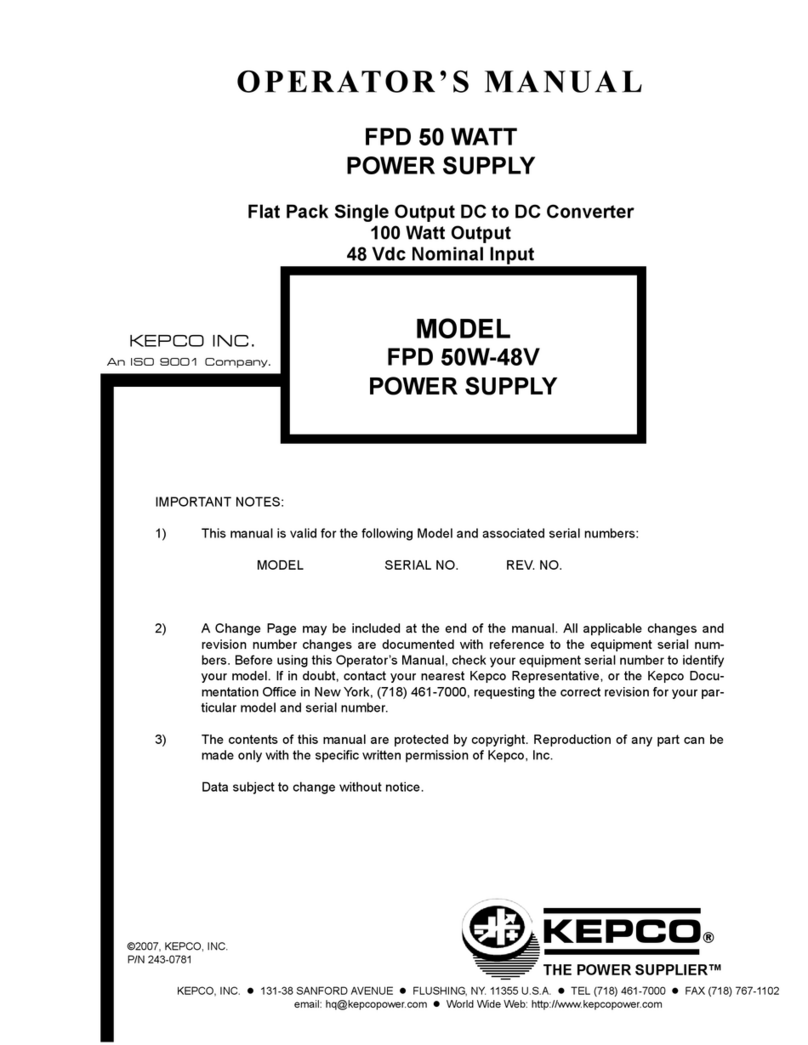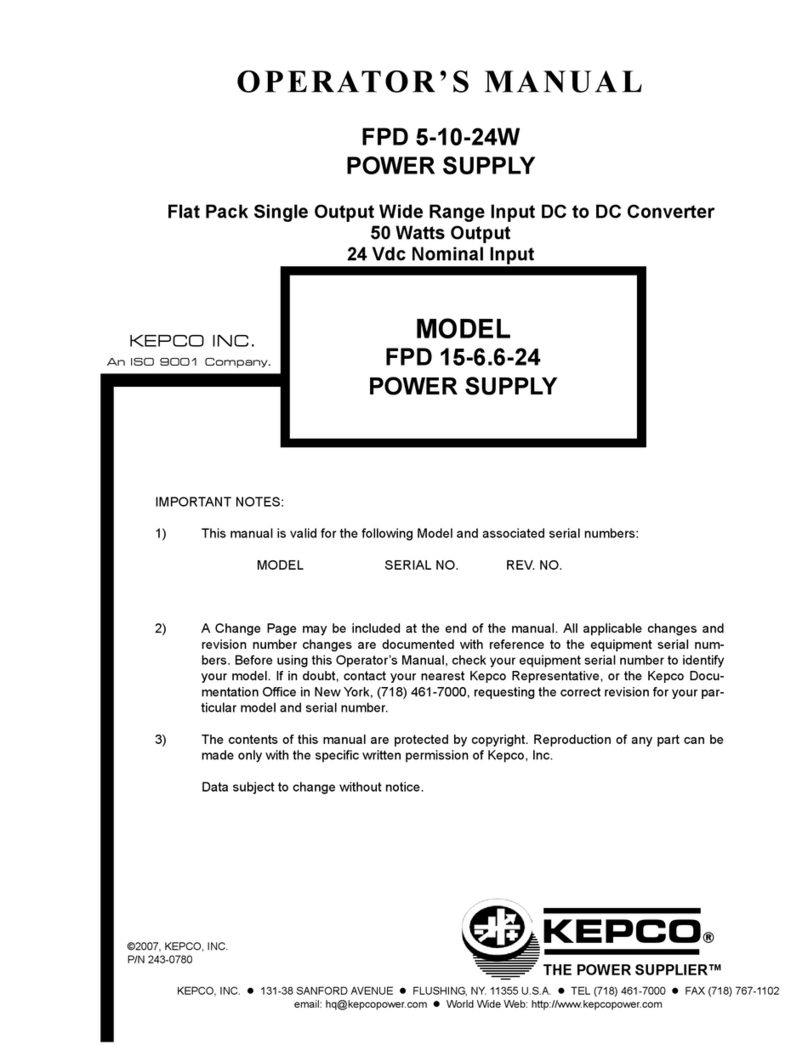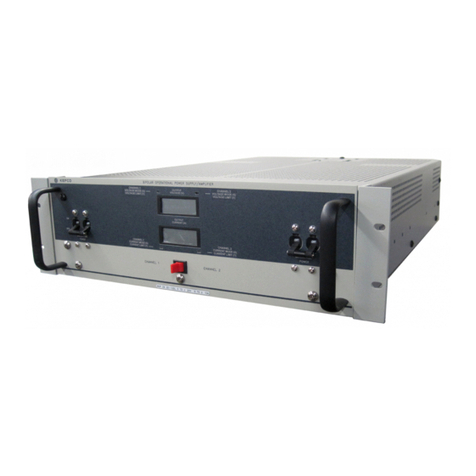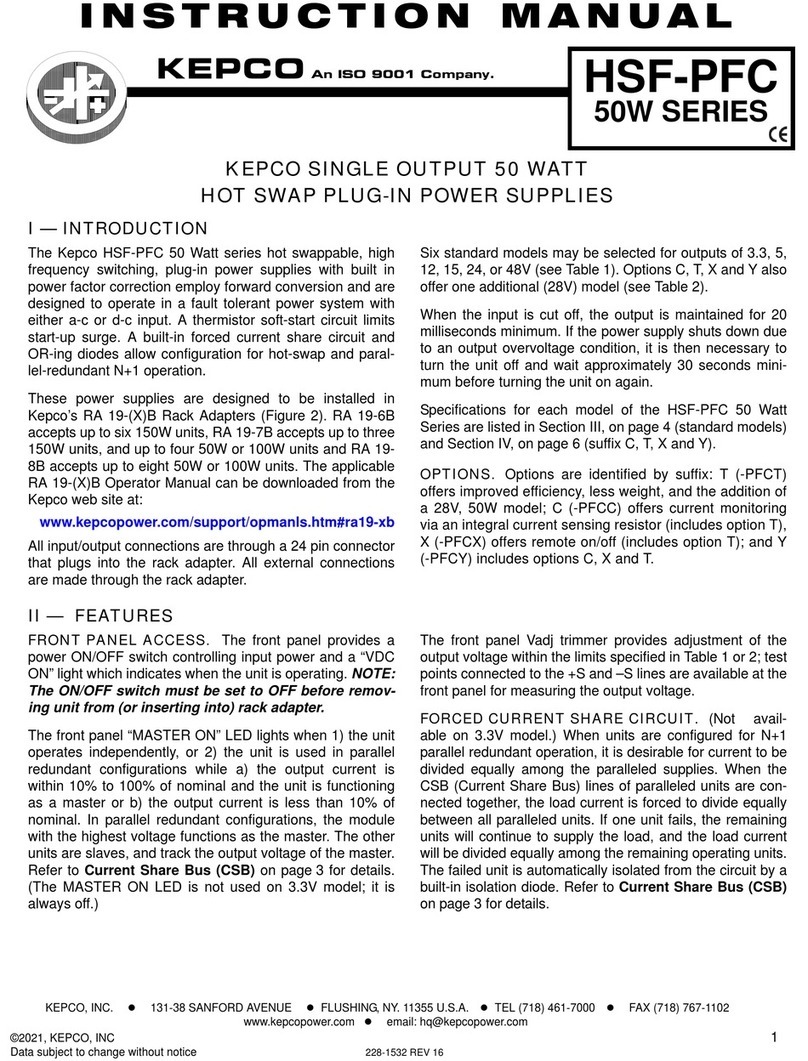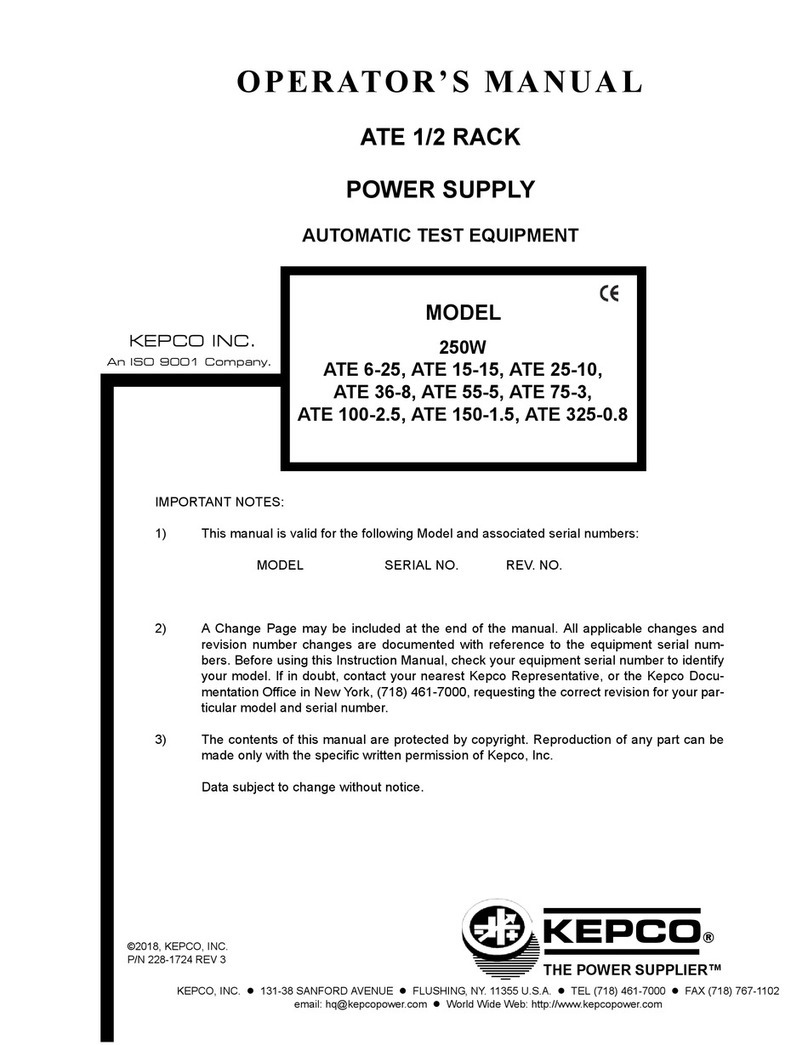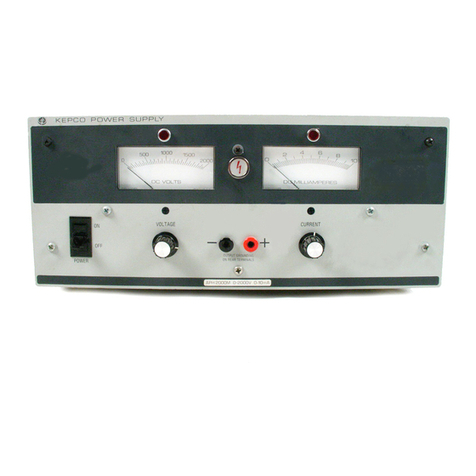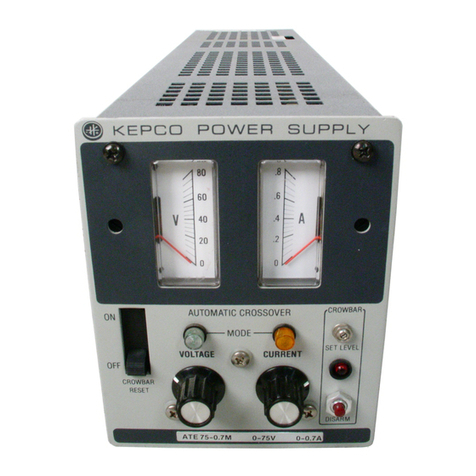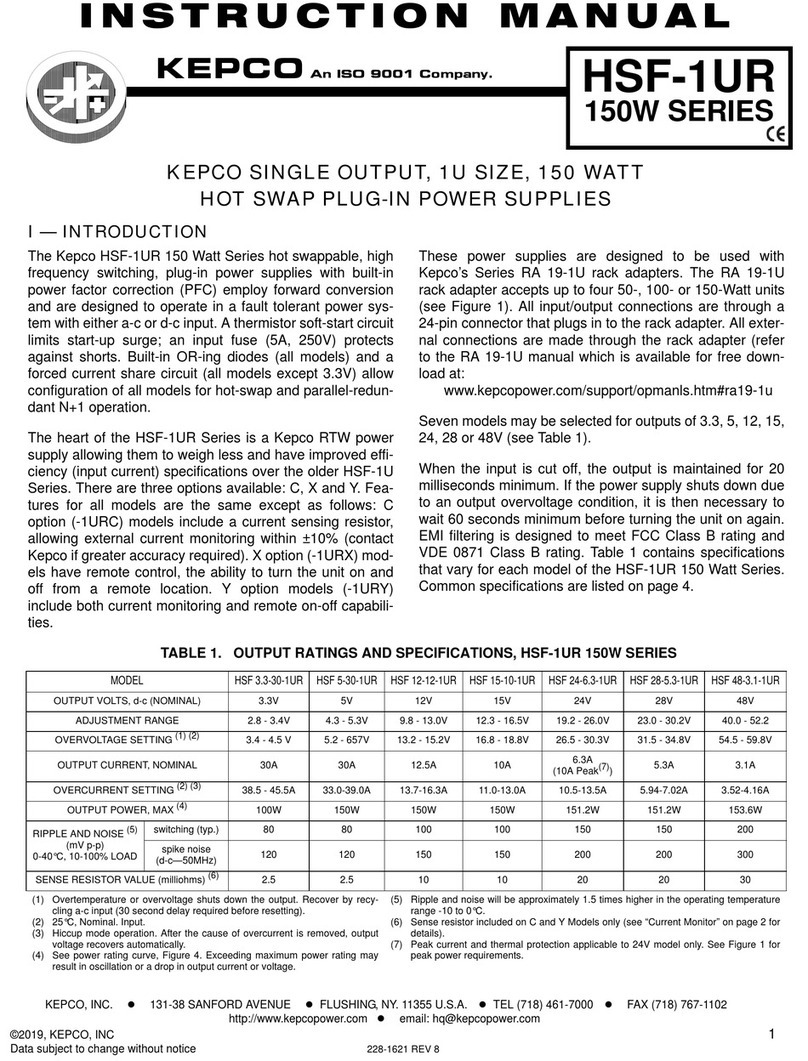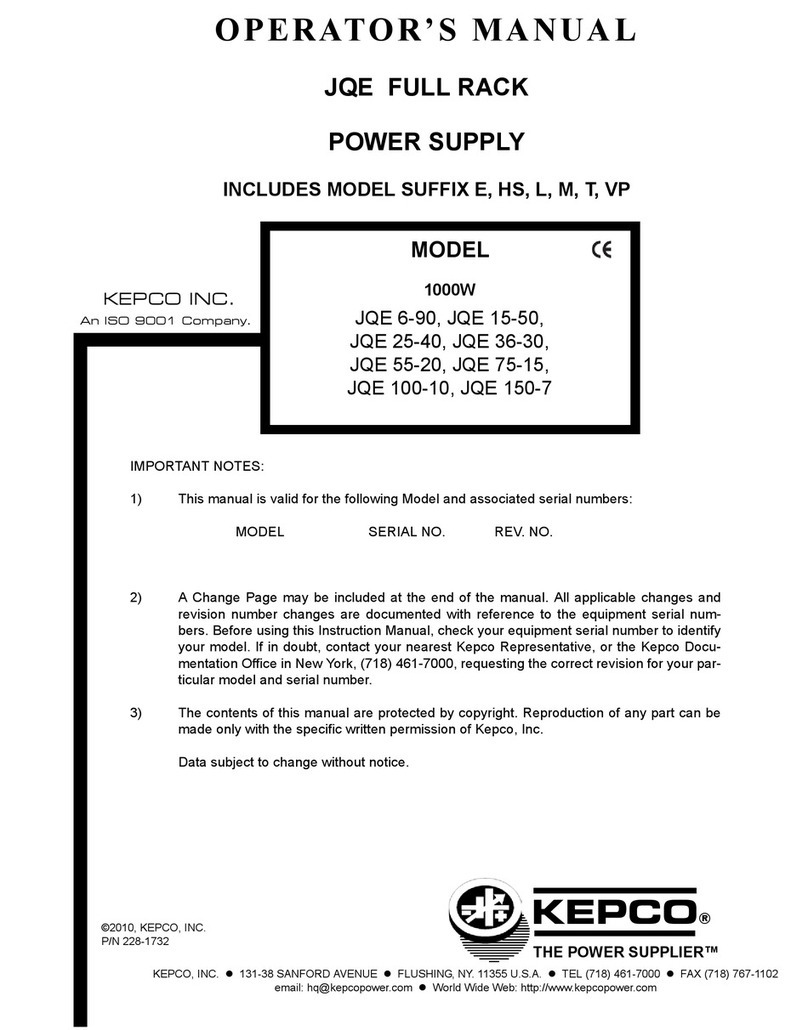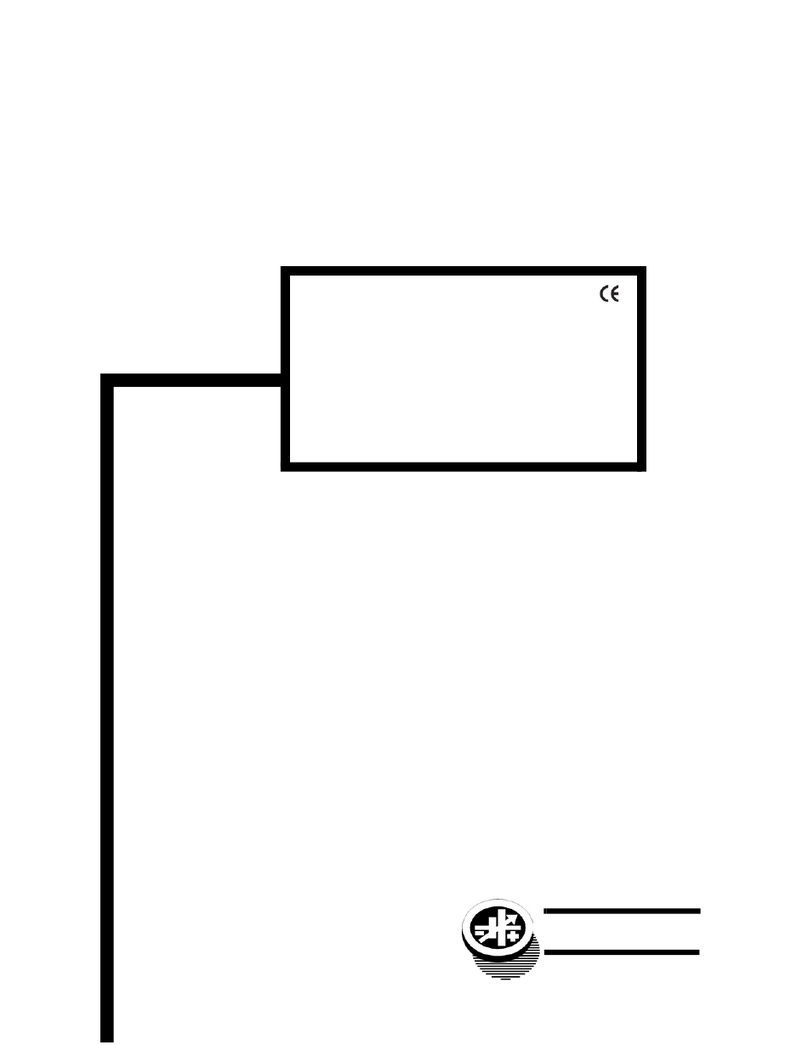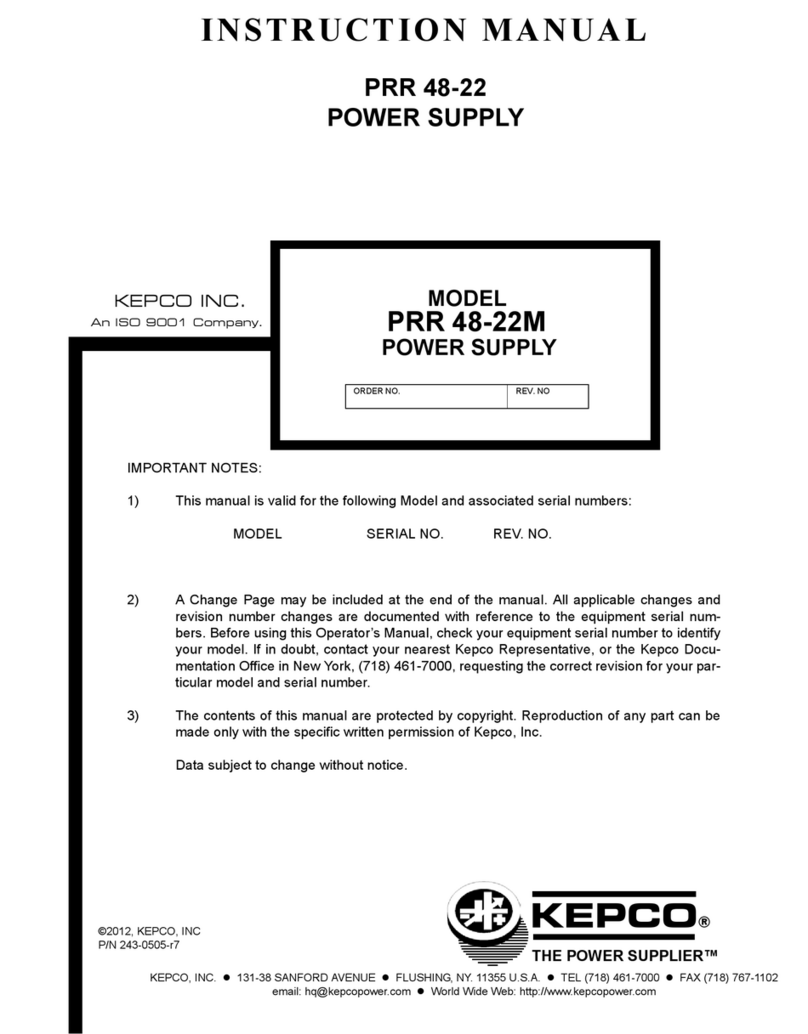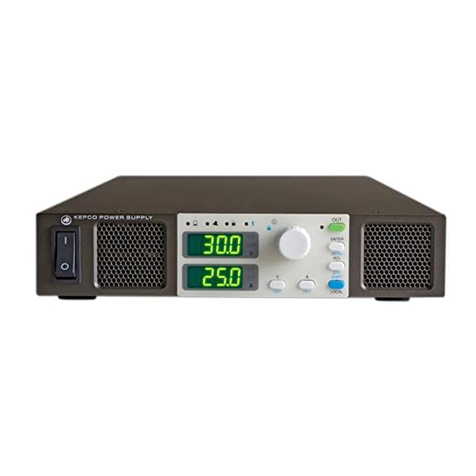
4HSF 300W 042315
Overvoltage Protection When the Power Supply goes into an overvoltage condition, the output is cut OFF. See PAR.
3.6.1.
Remote Control ON/OFF: ±RC pins control on/off as follows:
“High”, 2.4V to 24V (or open), unit OFF- Fan Off;
“Low”, 0.0V to 0.4V (or closed), unit ON.
Source current: 1.6mA maximum at low level
Sink current: 1.0 mA maximum at high level.
Must be enabled by DIP switch positions 3
and 4 (see PAR. 3.5).
Operating Temperature: -10 to 40°C (see Figure 2.)
Startup Temperature -10 to -20°C (see Figure 2.)
Storage Temperature: -30°C to +75°C
Withstanding voltage : (at 15-35°C
ambient, 10-85% relative humidity) 2000Va-c for 1 minute. Cutout current is 20mA Between input and ground
500Va-c for 1 minute. Cutout current is 100mA Between output and ground
3000Va-c for 1 minute. Cutout current is 20mA Between input and output terminal
Insulation Resistance: (at 25°C,
65% relative humidity) 100 Megohms minimum (500Vdc) Between output and ground, input and
ground, and input and output,
Humidity: 10% to 95% relative humidity, noncondensing,
Wet Bulb temperature <35°C operating and non-operating
Vibration: 5-10 Hz., 10mm amplitude, 10-55 Hz., accelera-
tion 64.3ft./s2(19.6M/s2) (2g) non-operating 1 hr. on each of 3 axes,
sweep time 10 minutes
Shock: Acceleration: 643.5ft./s2 (196.1M/s2) (20g),
Pulse Duration: 11ms ± 5 msec (non-operating, 1/2 sine pulse, three
shocks on each axis, Power Supply is
fixed on its bottom side)
Safety: Designed to meet UL: 60950; CSA:C22.2 60950; TUV: EN60950.
RoHS Compliance Contact Kepco Sales for further information.
EMC Emission - Conducted: Designed to meet FCC Class B, VCCI-Class B, EN55011-B, EN55022-B
EMC Emission - Radiated: Designed to meet FCC Class B, VCCI-Class B, EN55011-B, EN55022-B
EMC Emission - Input harmonics
current: Designed to meet EN61000-3-2
EMC Immunity Designed to meet EN61000-6-2
EMC Radiated susceptibility: EN61000-4-3 level 3 normal operation
EMC Conducted susceptibility: EN61000-4-6 level 3 normal operation
ESD: EN61000-4-2, level 4 (HSF 5-60M: level 3) normal operation
Electrical fast transient burst: EN61000-4-4 level 3 normal operation
Surge withstand: EN61000-4-5, level 4 (HSF 5-60M: level 3) No damage
Power Frequency Magnetic Field: EN61000-4-8, level 4 (HSF 5-60M: level 3) normal operation
Voltage dips interruptions and
variations EN61000-4-11 normal operation
Dimensions: 5.22 in. (132.5 mm) x 4.288 in. (108.9 mm) x 16.86 in. (428.2 mm) (See Figure 3)
Mounting: Plug-in
Cooling: Forced air flow - fan
Frame Material/Cover Material: Steel
Weight 8 lbs, 3.7Kgs. maximum
TABLE 3. POWER SUPPLY RATINGS AND SPECIFICATIONS (CONTINUED)
CHARACTERISTIC SPECIFICATION CONDITION/NOTES

